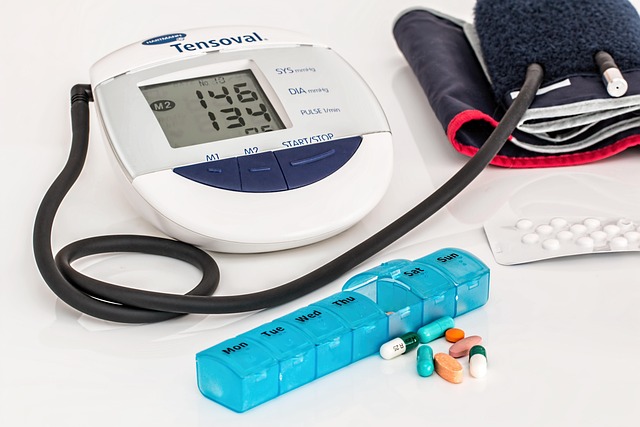Understand Angioedema Swelling and Its Impact on Your Health
Angioedema is a condition characterized by rapid swelling of the deeper layers of skin and underlying tissues. This swelling can occur in various parts of the body, including the face, lips, tongue, throat, and extremities. Unlike common allergic reactions that affect the surface of the skin, angioedema involves the subcutaneous tissues, leading to more significant and potentially serious symptoms. Understanding angioedema is crucial for those affected, as it can have a substantial impact on daily life and, in some cases, pose health risks that require immediate medical attention.

What is Angioedema?
Angioedema is a type of swelling that occurs beneath the skin’s surface. It differs from typical hives or urticaria, which affect the upper layers of the skin. In angioedema, the swelling is caused by fluid accumulation in the deeper tissue layers. This condition can be acute, occurring suddenly and lasting for a short period, or chronic, persisting for longer durations. Angioedema can be hereditary, passed down through families, or acquired, developing later in life due to various factors such as allergies, medications, or underlying health conditions.
Recognizing Key Symptoms
The symptoms of angioedema can vary in severity and location, but typically include:
-
Sudden, pronounced swelling of the skin and mucous membranes
-
Swelling most commonly affecting the face, lips, tongue, throat, and genitals
-
A sensation of warmth, tingling, or discomfort in the affected areas
-
In some cases, difficulty breathing or swallowing if the throat or tongue are involved
-
Abdominal pain and gastrointestinal distress in cases of intestinal angioedema
It’s important to note that angioedema symptoms can develop rapidly, often within minutes to hours. While the swelling usually subsides within 24 to 48 hours, severe cases or those affecting the airways require immediate medical attention.
Common Triggers and Causes
Angioedema can be triggered by various factors, and understanding these can help in managing and preventing episodes. Common triggers include:
-
Allergic reactions to foods, medications, insect stings, or latex
-
Certain medications, particularly ACE inhibitors used to treat high blood pressure
-
Physical stimuli such as pressure, vibration, or temperature changes
-
Infections or illnesses
-
Hormonal changes, especially in women
-
Stress or emotional factors
In some cases, the cause of angioedema may be idiopathic, meaning no specific trigger can be identified. Hereditary angioedema, a rare genetic condition, is caused by a deficiency or dysfunction of certain proteins in the blood.
Impact on Daily Health and Risks
Angioedema can significantly impact an individual’s quality of life and daily functioning. The unpredictable nature of swelling episodes can cause anxiety and interfere with work, social activities, and overall well-being. In severe cases, angioedema can pose serious health risks, particularly when it affects the airways or internal organs.
Key impacts and risks include:
-
Respiratory distress if swelling occurs in the throat or tongue
-
Difficulty eating or drinking when oral tissues are affected
-
Vision impairment if swelling occurs around the eyes
-
Abdominal pain and nausea in cases of intestinal angioedema
-
Psychological stress and anxiety due to the unpredictable nature of episodes
-
Potential for anaphylaxis in severe allergic reactions
Understanding these risks is crucial for individuals with angioedema, as it emphasizes the importance of proper management and timely medical intervention when necessary.
Management and Prevention
Effective management of angioedema involves a combination of preventive measures, symptom control, and in some cases, long-term treatment strategies. Key approaches include:
-
Identifying and avoiding triggers through careful observation and allergy testing
-
Carrying emergency medications, such as antihistamines or epinephrine auto-injectors, as prescribed by a healthcare provider
-
Following a treatment plan tailored to the specific type of angioedema (e.g., hereditary vs. acquired)
-
Regular check-ups with an allergist or immunologist to monitor the condition and adjust treatment as needed
-
Educating family members and close contacts about the condition and emergency procedures
-
Considering prophylactic treatments for those with frequent or severe episodes
For individuals with hereditary angioedema, specific medications may be prescribed to prevent or reduce the frequency of attacks. In all cases, working closely with healthcare providers to develop a comprehensive management plan is essential for minimizing the impact of angioedema on daily life and overall health.
Understanding angioedema, its symptoms, triggers, and management strategies is crucial for those affected by this condition. By recognizing the signs early and implementing appropriate preventive measures, individuals can significantly reduce the frequency and severity of angioedema episodes, leading to improved quality of life and reduced health risks. Always consult with healthcare professionals for personalized advice and treatment options.
This article is for informational purposes only and should not be considered medical advice. Please consult a qualified healthcare professional for personalized guidance and treatment.




